latest
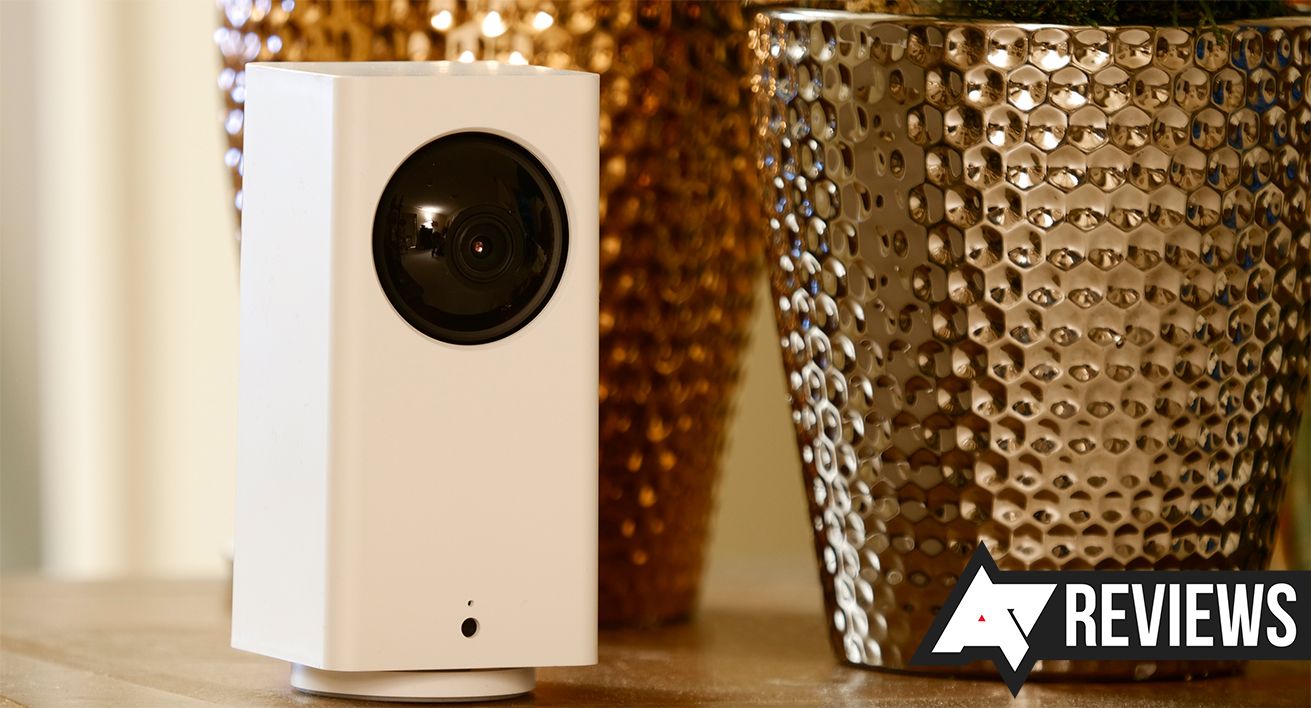
There’s no shortage of smart home security systems and companies right now, and if you’ve shopped around at all you’ve probably already heard of Wyze. Wyze has differentiated themselves from the competition by selling serviceable hardware for bargain-basement prices. The Cam Pan v2 is no exception, costing just $50 when the entry-level cameras from Nest retail for twice as much. This camera can also rotate 360 degrees, giving it much more coverage than a single stationary camera. Add that together with its user-friendly interface, easy setup, and decent image quality, and this camera starts to look very appealing. There are some drawbacks, but nothing big enough to give me second thoughts.
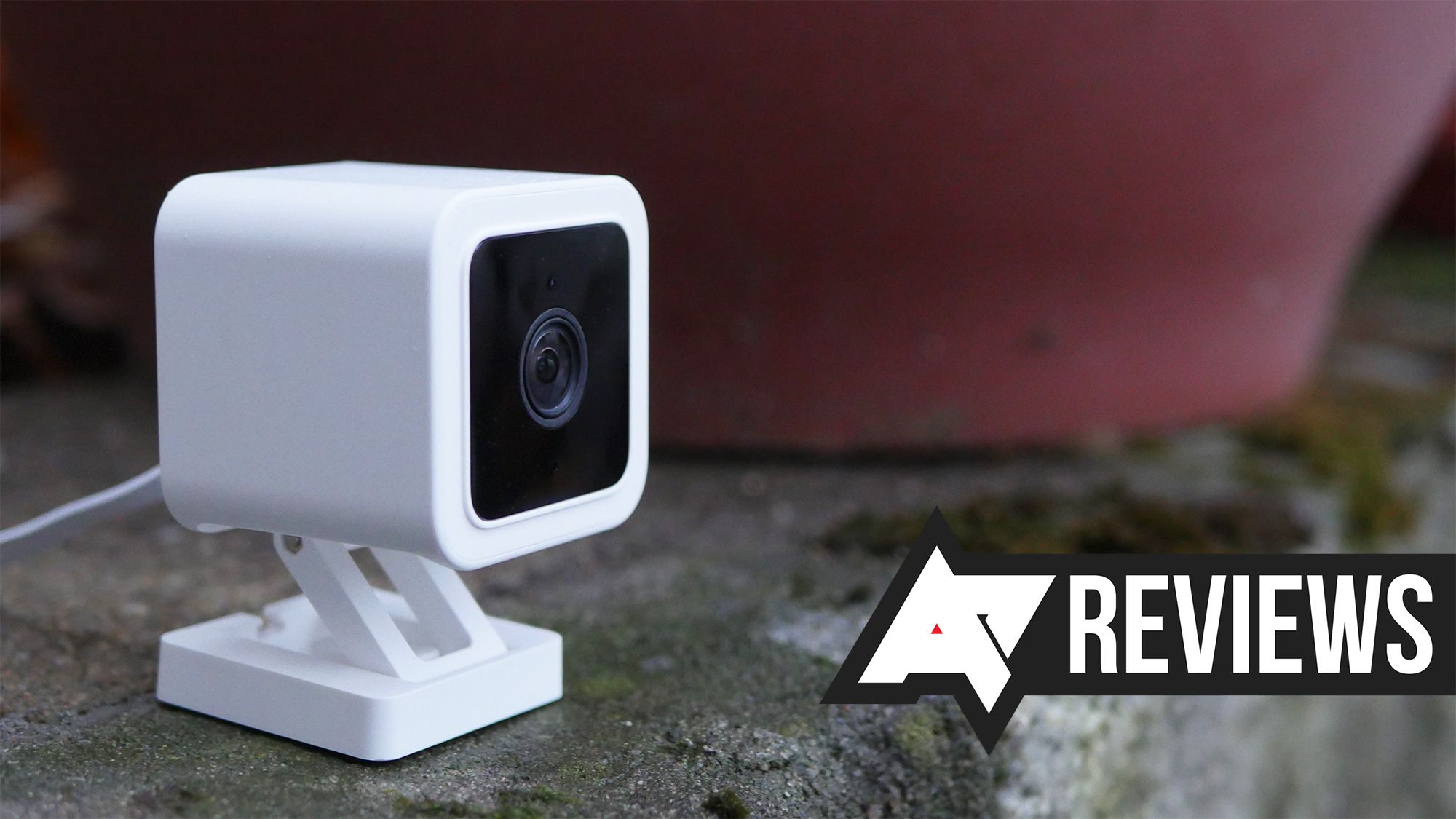
Wyze Cam v3 review: The best $20 you'll spend this year
The best deal in smart home hardware just got even better
Wyze has been on a bit of a spree lately, expanding into additional markets with products like its new noise-cancelling headphones and its first smart thermostat, but through all that, there's no forgetting the company's roots: selling very capable, very affordable smart cameras. For a mere $20, shoppers could pick up Wyze's first-gen camera with motion detection, free cloud storage, and support for local microSD recording. Later models added pan and tilt motion control and even full-wireless operation, all while keeping prices tantalizingly low. Now we're turning our attention back to where it started as the stalwart Wyze Cam gets a new v3 hardware refresh with drastically improved light sensitivity, support for higher frame rates, and protection against the elements — all for the same $20 sticker price.
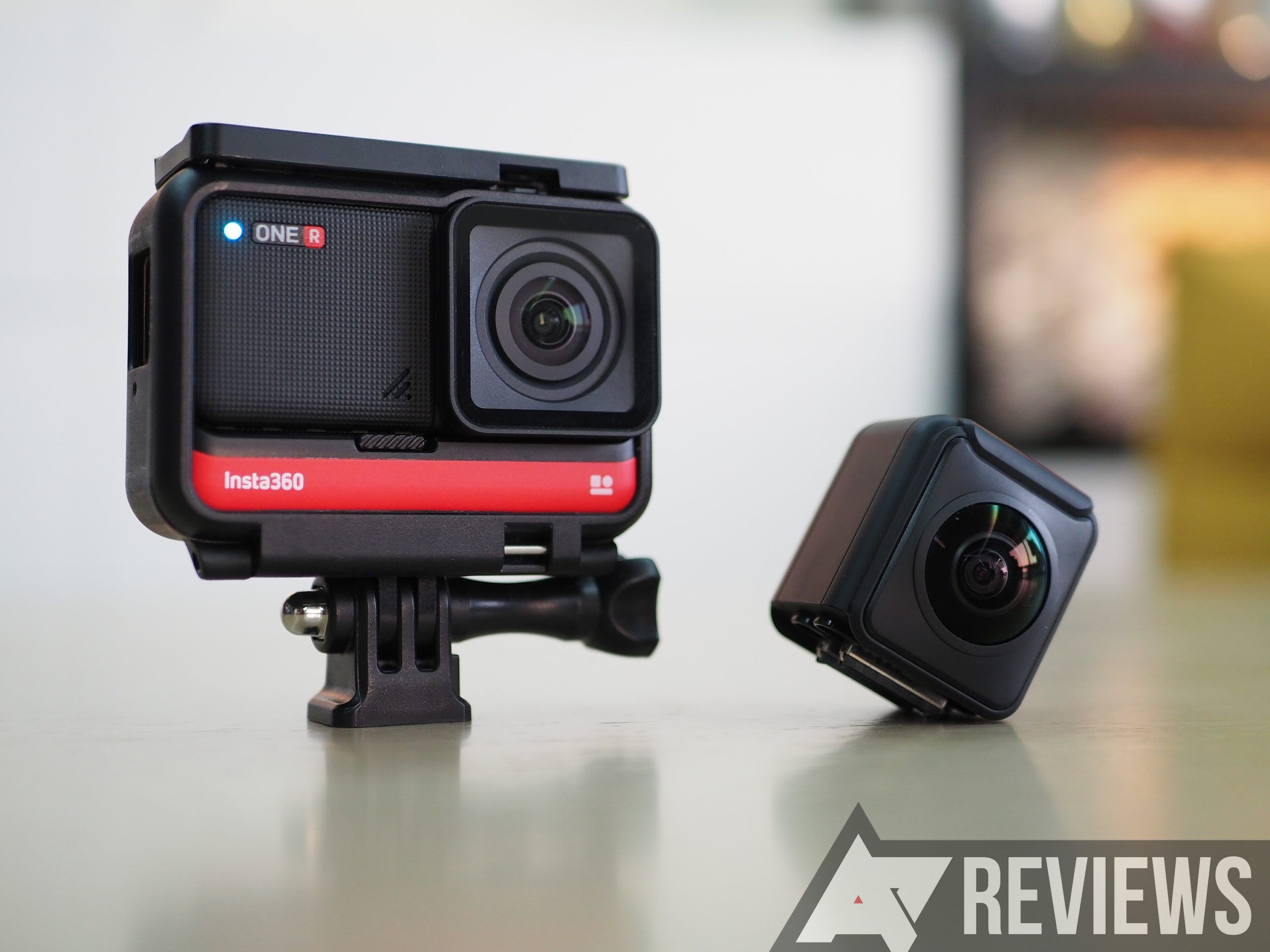
Insta360 One R review: A clumsy but fun and ambitious all-in-one cam
It's a 360 cam! It's an action cam! It's all of above!
Insta360 has made a name for itself in the enthusiast 360 camera market thanks to a line of consistently excellent products that culminated in the One X in 2018, possibly the most lauded 360 cam of its time. The company came back in 2020 with a more ambitious project: a modular cam that can transform from an action shooter to a 360 cam — and other potential form factors — in a snap.But in aiming to do everything and in trying to copy the GoPro so much, the company has introduced a long list of compromises that didn't plague its previous offerings. The end result is a pricey camera I can't easily recommend even if I like a lot of what it offers.
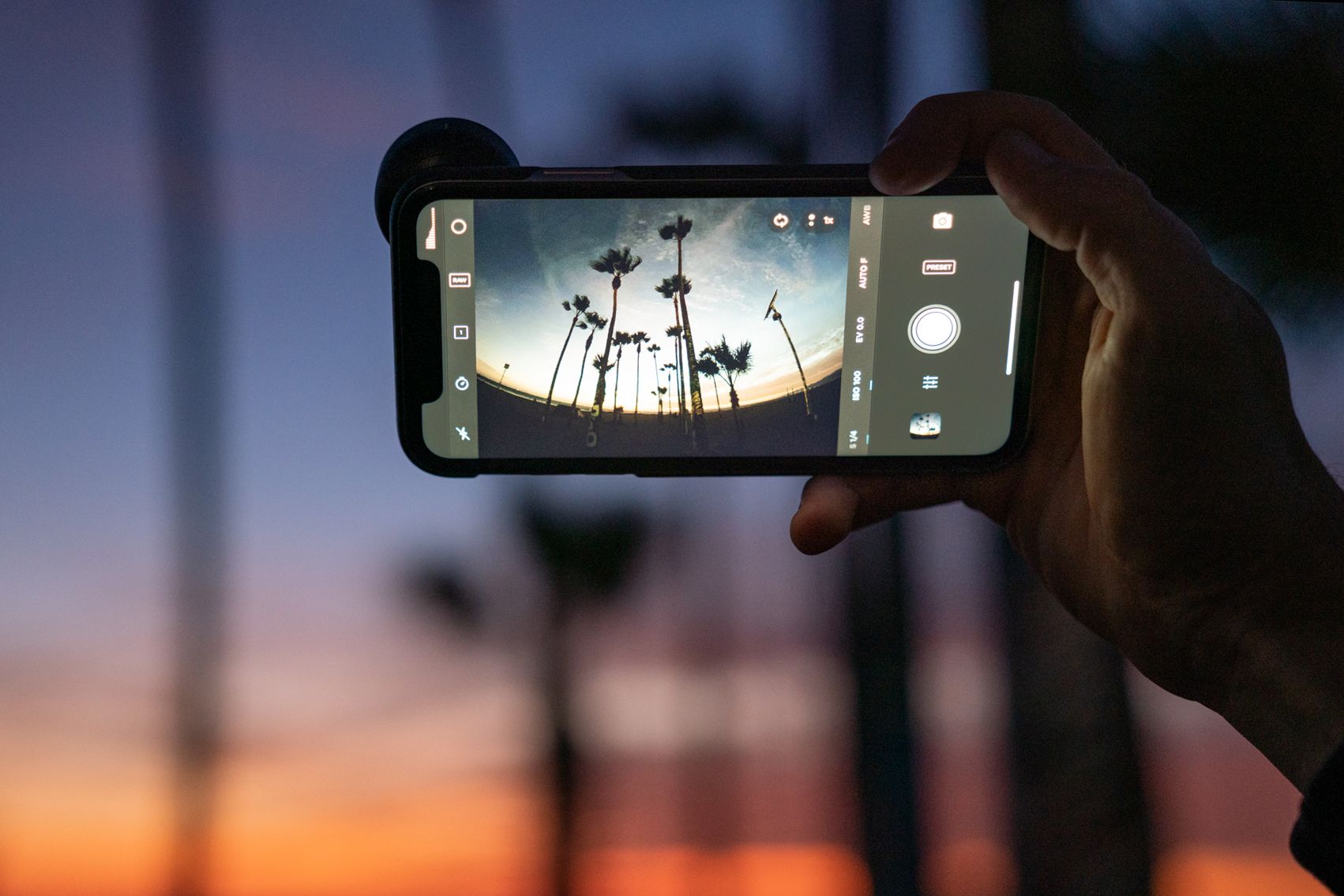
Last year, Moment revisited its Tele 60mm lens to redesign it with modern smartphones in mind. The outcome was a new Tele 58mm that delivers a sharper image and eliminates the vignetting that was so common with the wider lenses of most new smartphones. Moment is back at it again this year, but this time it's the Superfish lens going under the microscope. There's now a new Fisheye 14mm with similarly big improvements over the original, and we got to spend a little time to test out what the new glass can do.
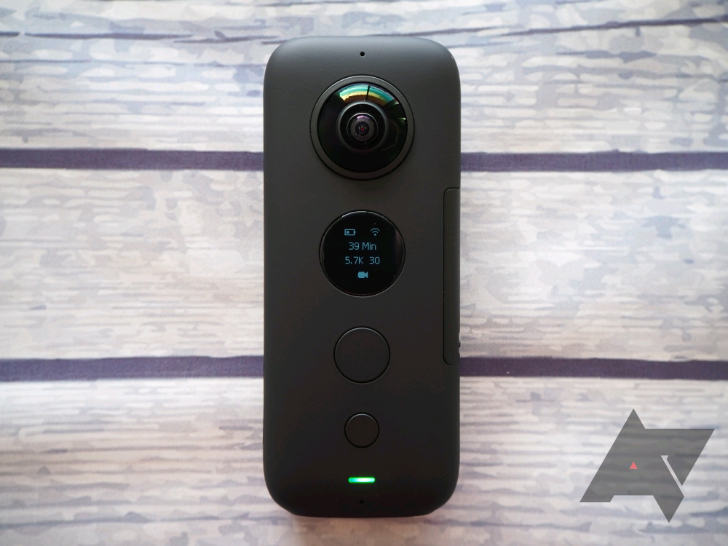
Depending on the tech circle you're in, 360 cameras may either be the most superfluous fad or the coolest thing. I used to be in the former camp and my LG 360 Cam collected dust in a drawer for years, but over the past months, I've found a new appreciation for the product category. It's partly thanks to the number of cool "tiny planet" creators I follow on Instagram, but most importantly, it's because of a shift in my understanding of what a 360-degree camera can do.If you think that these cams are only good for photospheres and VR, you're missing out. Tiny planets, and the sheer number of creative ways and angles they allow, are one use case. Taking super wide angle images is another. But most appealing is the idea that a 360 cam, by definition, captures everything. Meaning you have to worry about composition in every single direction if you want a cool tiny planet, or you can be careless about angles or orientation if you'll crop the photo (just shoot now, edit later). This is especially true for video, where you can forget about aiming or framing.If this long intro helped you gain a new appreciation for 360 cameras, you should look at Insta360's offerings. The company makes three consumer-grade products for Android including the plug-in Air, standalone One, and its recently announced successor, the One X. This $399 camera fixes the main issue of its predecessor, adds some nifty features, and keeps Insta360's awesome in-app editing capabilities. If you have the budget to splurge, this is easily one of the best 360 cameras to buy right now.
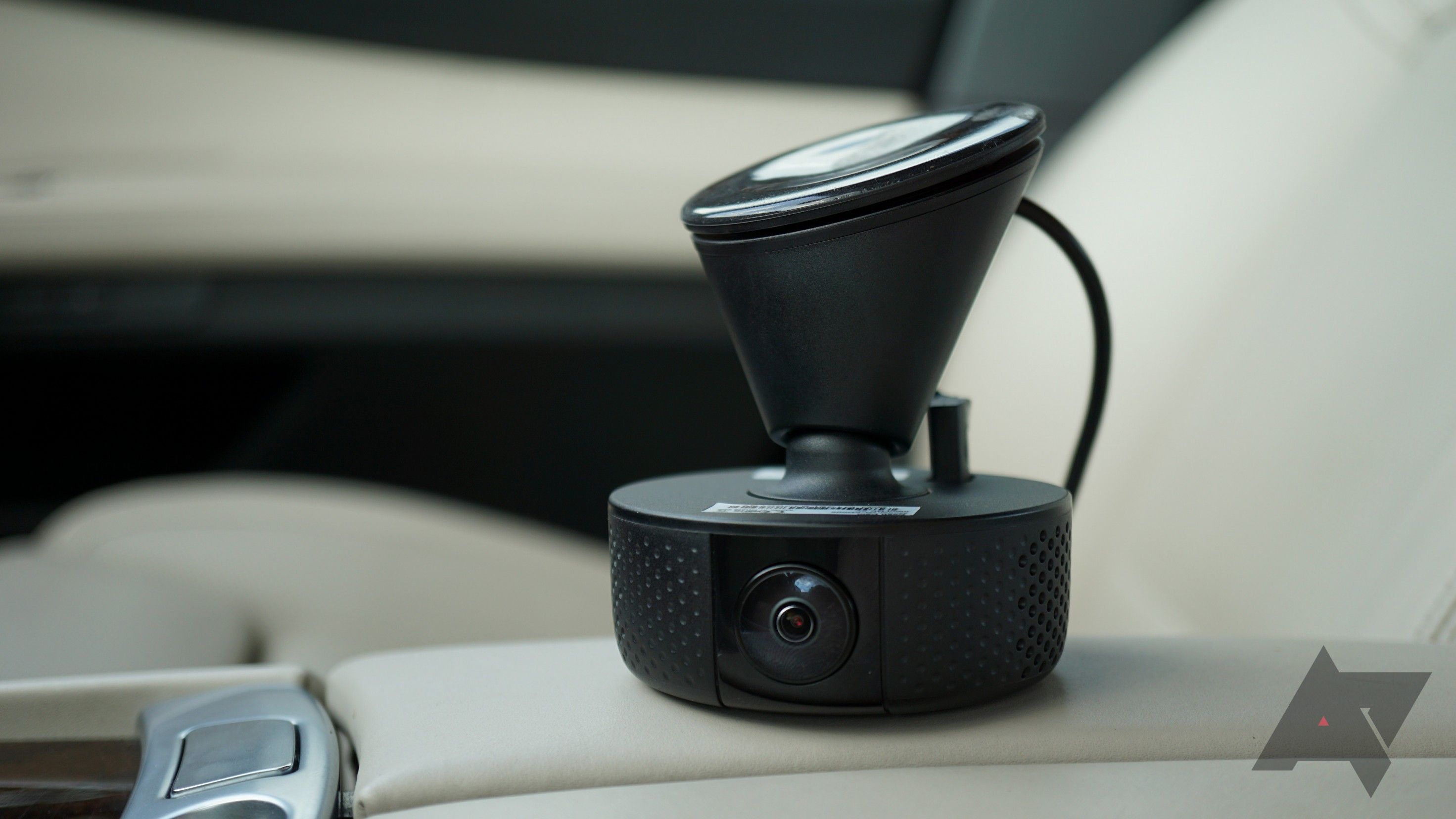
The dashcam market is pretty saturated these days, with products ranging in price from $9 (yes, ) all the way up to 0 or so. As a result, it can be pretty difficult to even get started with your search without being blasted with options. In the ~$100 price range, we've already checked out Anker's Roav C1 Pro and C2 Pro, which we found to be solid offerings.This time around, we're checking out a dashcam from one of Anker's direct competitors: RAVPower (which owns VAVA). VAVA's Dash Cam 2K can record higher-resolution video than most at this price point, but sacrifices some features to keep costs competitive.
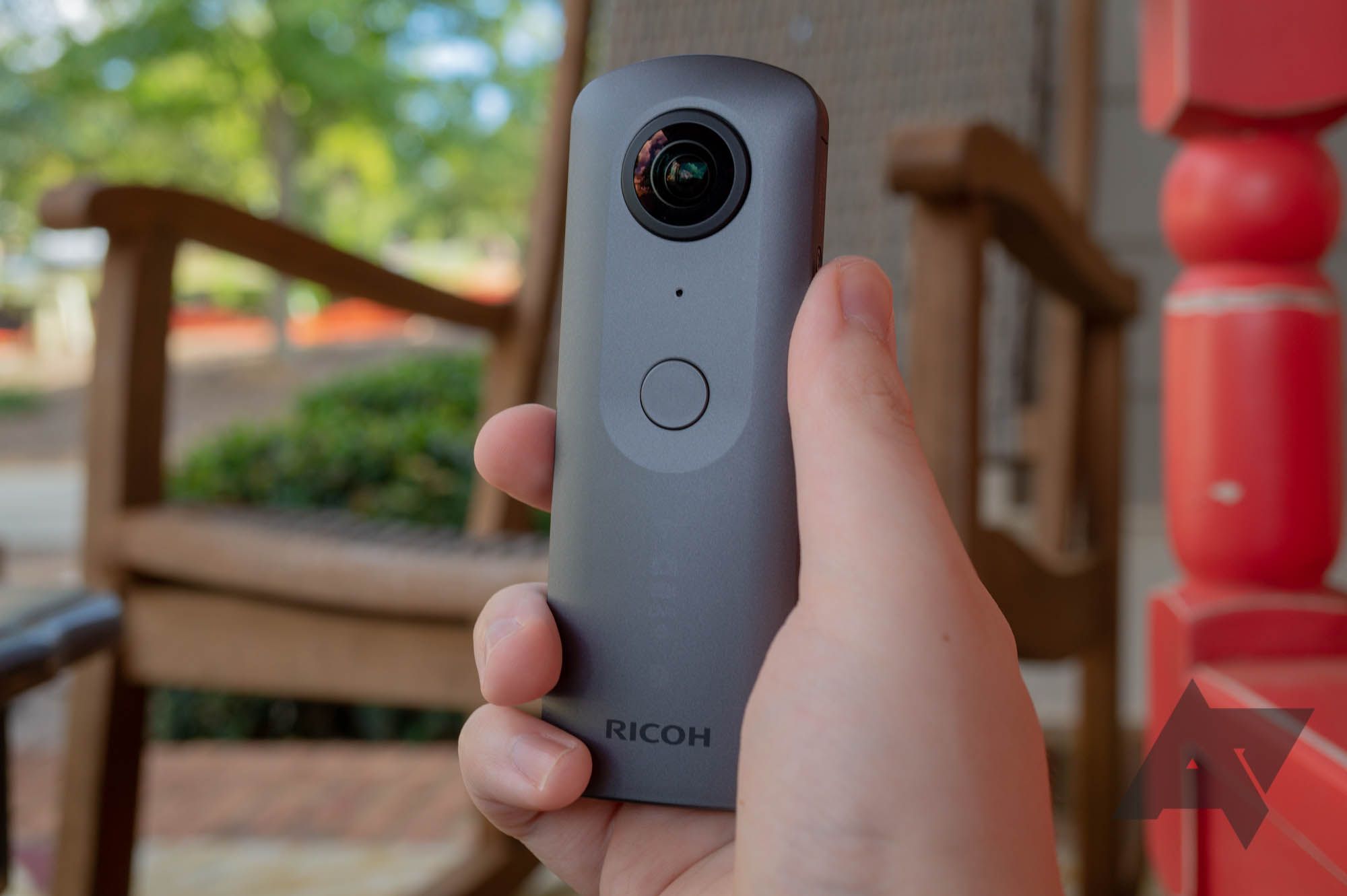
There is no shortage of portable 360-degree cameras. The most well-known in our circles is Samsung's Gear 360, but that only works with Samsung phones and iOS. Insta360's 'ONE' and 'Nano' cameras are also popular, though the latter only works with select iPhone models.If price is no object, one of the leading devices in this category has been Ricoh's Theta V camera. It's tiny, but it packs a 4K sensor and the ability to record surround-sound audio (with a separate module). The camera's functionality can be extended by a variety of plug-ins, like one for streaming to YouTube or uploading media to Google Photos.I think the Theta V is a great camera, and I have very few complaints with it. However, you'll probably need a good reason to spend nearly $400 on one.
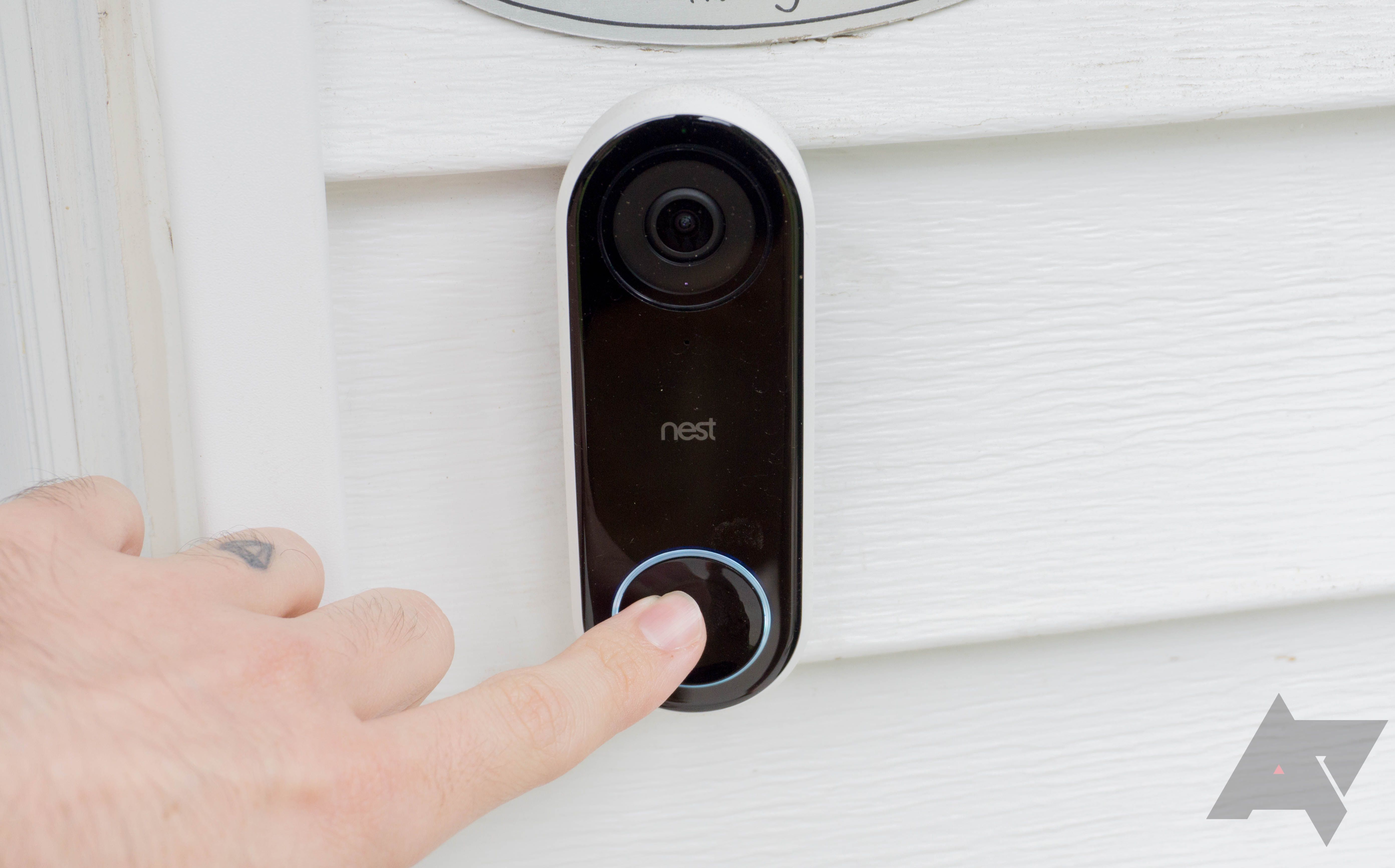
As any introvert will tell you, the doorbell can be a source of great anxiety. If I'm not expecting someone, there are only so many reasons for the doorbell to ring. I don't want anything to do with most of those reasons, so it's highly desirable to know what's going on out there before I open the door. I've used various security cameras for this task, including most recently the Arlo Pro 2. None of them have come close to the speed and ease of use you get with the Nest Hello.
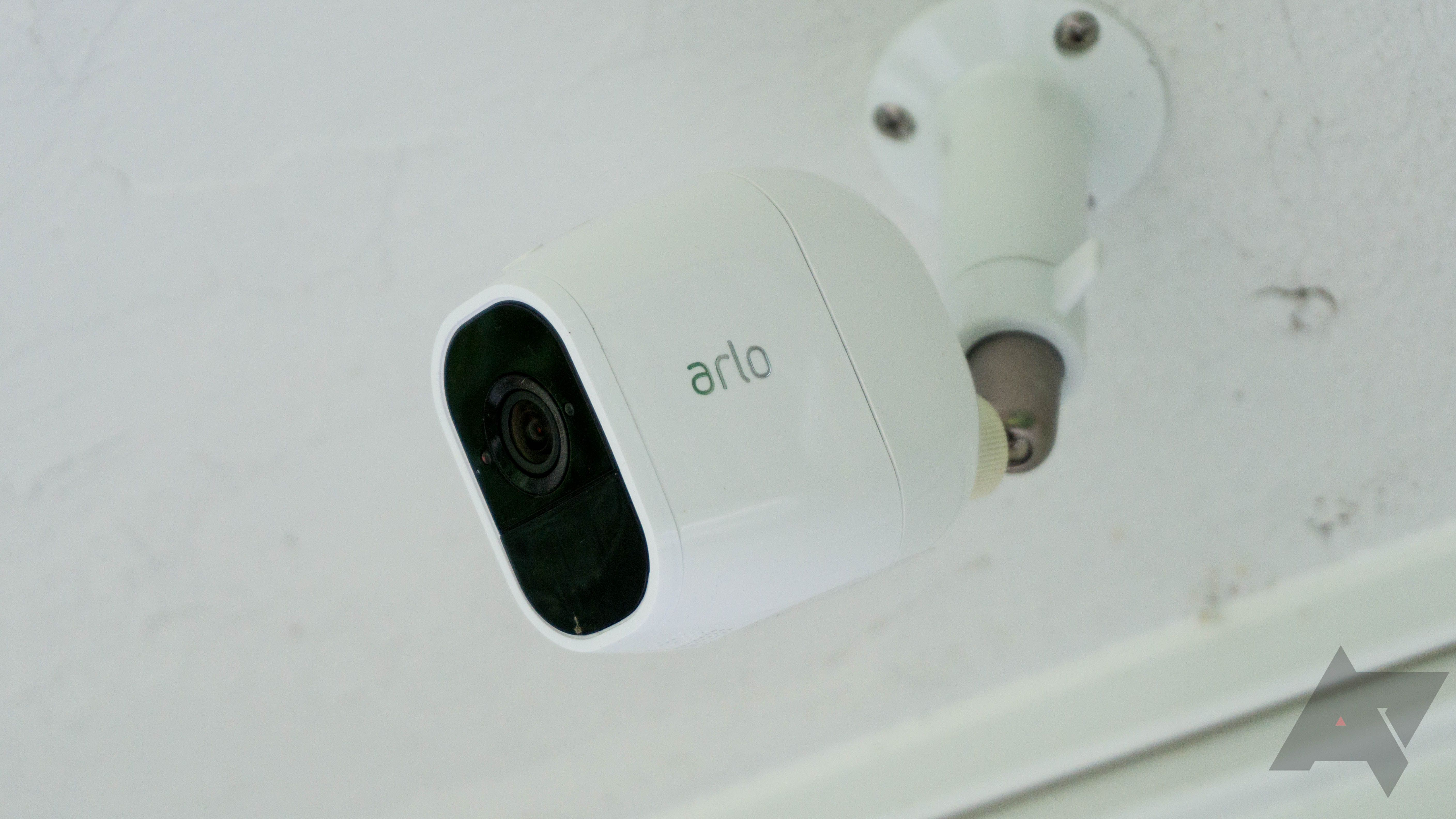
It's getting easier to set up your own internet-connected home surveillance system, but that usually still means running cables to power all your fancy HD cameras. Arlo, which recently spun off from Netgear, offers an alternative. Its Arlo Pro line of cameras can keep tabs on your home without wires, and they last for months on a charge.After wowing us with the original Arlo Pro, the Arlo Pro 2 ups the resolution and adds new features. At the same time, Arlo has finally rolled out its AI-enabled Arlo Smart system to compete with systems like Nest Aware. Can a wireless camera ever compete with wired, though? The Arlo 2 has its shortcomings, but the gap is narrower than ever.
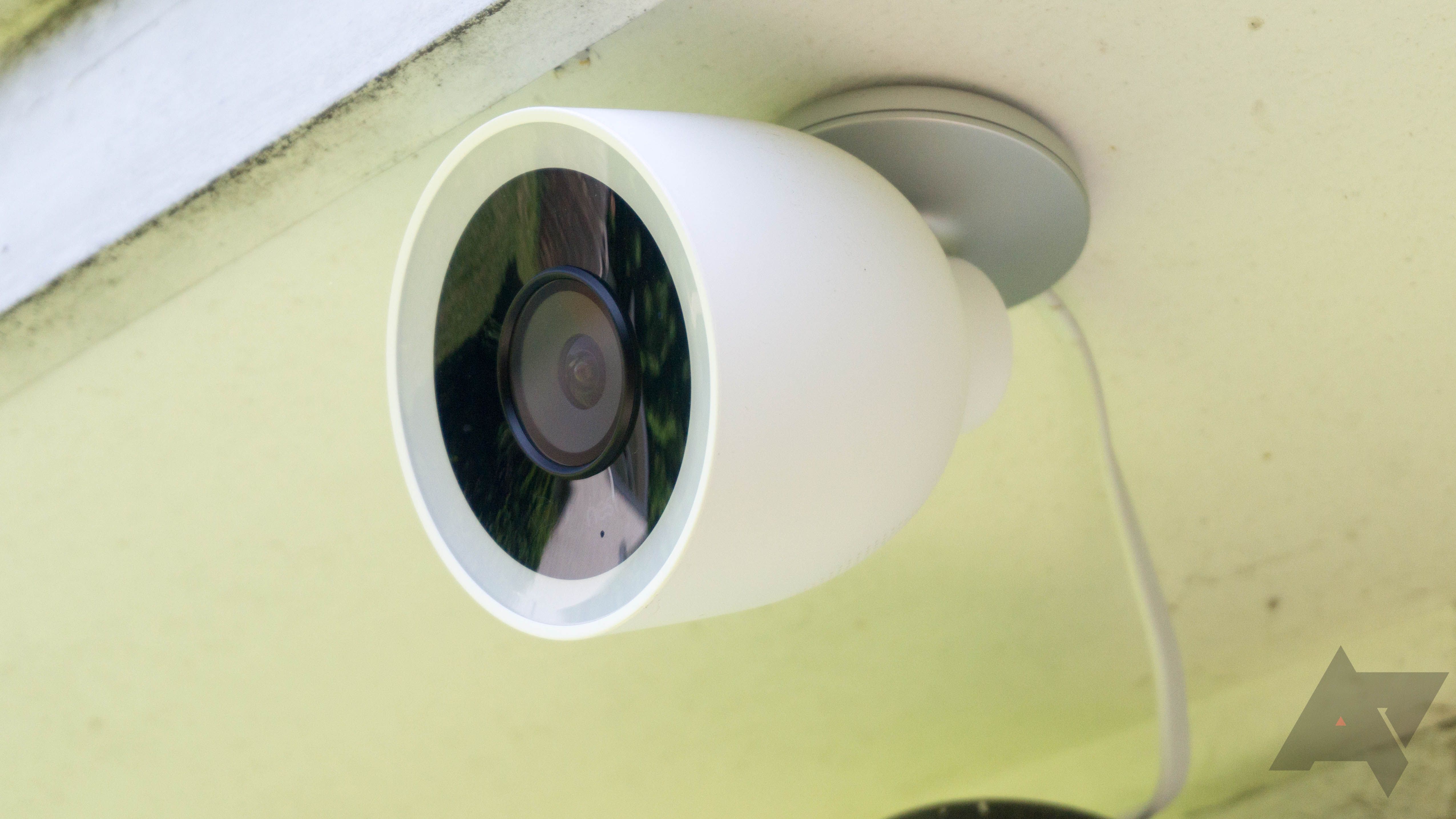
Nest started by making thermostats, but following a Google acquisition and some reshuffling, it makes plenty of other smart home products. Having devoured Dropcam, Nest is one of the leaders in home security cameras with products like the Nest Cam and smarter Cam IQ. It had a "regular" outdoor camera previously, but now you can get an outdoor version of the IQ. The Nest Cam IQ Outdoor packs a 4K image sensor, a wide field-of-view, facial recognition, and incredibly sharp video. It's also one of the most robust outdoor cameras when it comes to tolerating cold weather.
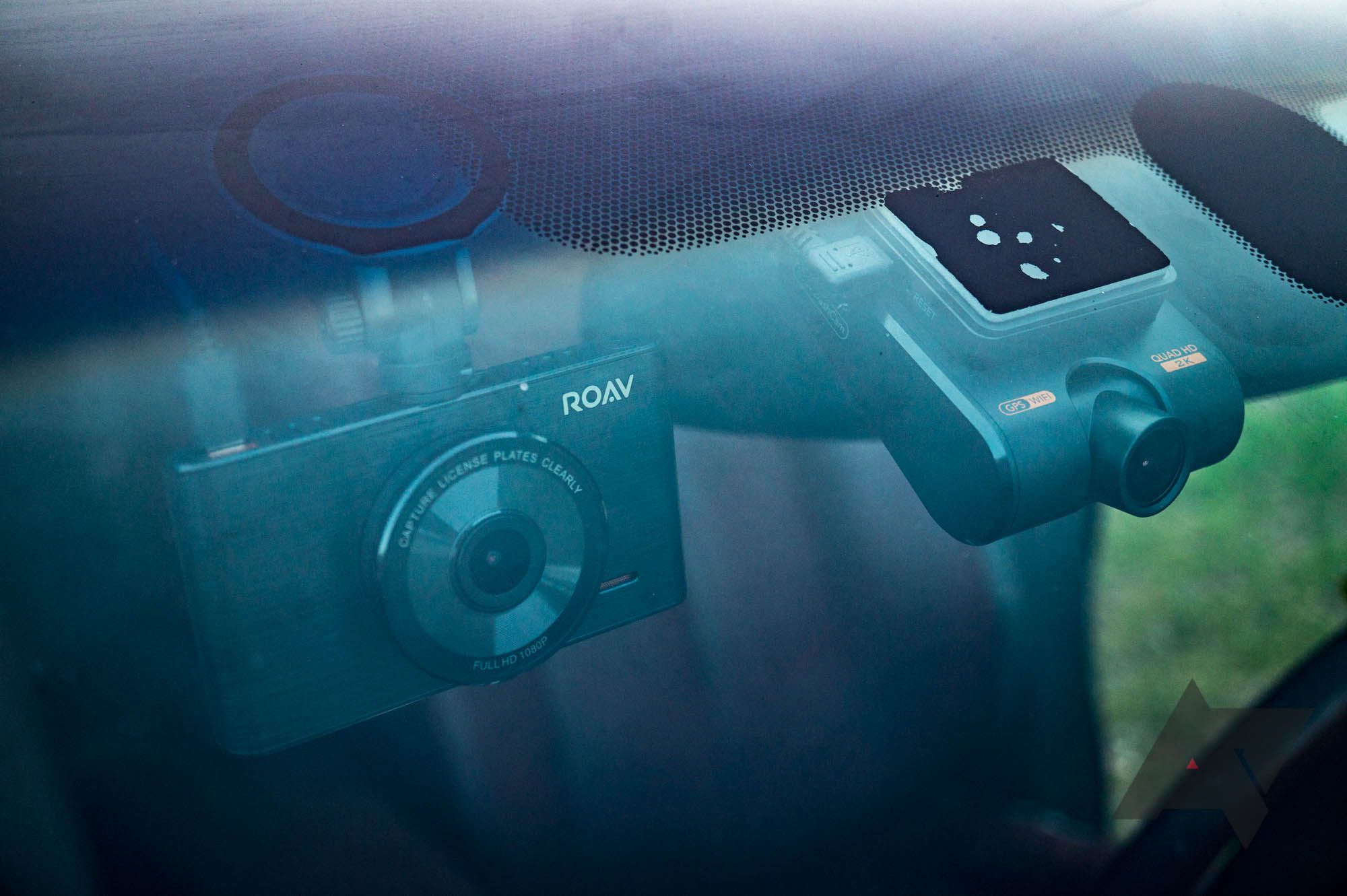
Everyone knows you should keep a spare tire in the trunk of your car, and possibly tools like jumper cables and scissor jacks. Dashcams can be just as helpful as those, but many American drivers never install one. This can be for many different reasons — most them are ugly, the driver thinks they don't need one, and so on.Anker makes a few car-related products under its 'Roav' brand. We already reviewed the Roav Viva car charger with Alexa, but Anker also produces several dashcams. The C1 Pro (R2120) and C2 Pro (R2220) have been on the market for nearly a year, currently priced at $106 and $140, respectively. Both offer more functionality than the average cam, like GPS and connecting to your phone for transferring videos.So the question is, are Anker's feature-packed dashcams worth the premium price? I think so, but each camera definitely has its own set of problems.
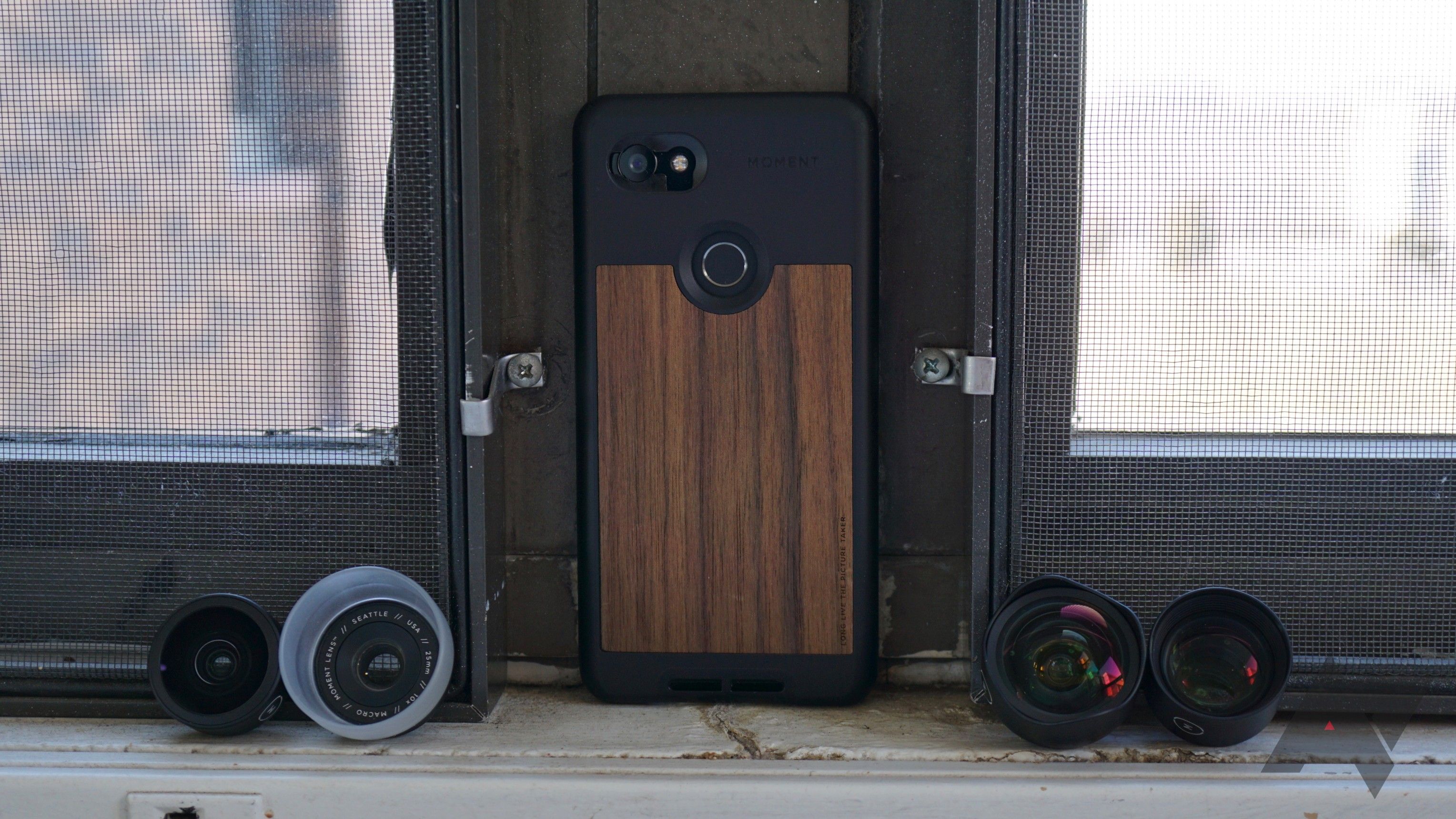
The cameras on smartphones are getting ridiculously good --- good to the point that most households don't even own standalone cameras anymore. But given the dimensions that phone cameras are restricted to, they're not as flexible as something like a mirrorless or DSLR with interchangeable lenses. That's where Moment comes in. The company offers a small collection of lenses that can be individually purchased and attached to its Photo Cases, which are available for a variety of phones.Of course, this isn't the first time that someone has come up with the idea of attaching lenses to phones. There are loads of cheap solutions on Amazon, though none are as high-quality and cohesive. But that quality comes at a price; Moment's current-generation lenses all hover between the $90-100 mark apiece. With that said, if you want the best lens interchangeability without having to buy a dedicated camera and you've got a lot of cash to spare, Moment is your best bet.
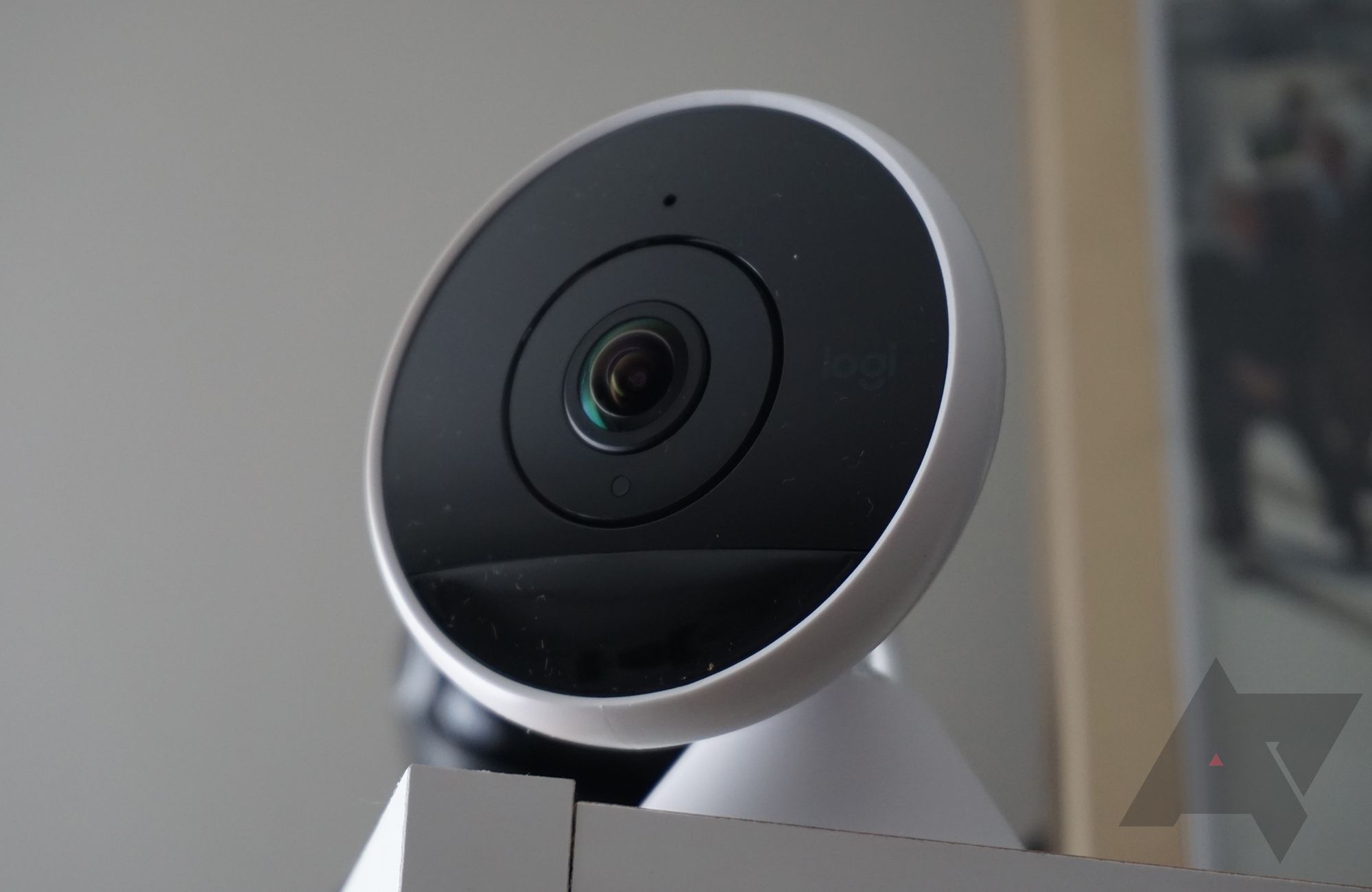
Logitech has been making webcams for many years, and a while back it turned its attention to the burgeoning home security market with the Logitech Circle camera. I thought that device was a surprisingly good value that competed well with established players like Netgear and Nest. There's a second generation camera now, and it improves on that first camera in almost every way. If you don't mind a few minor foibles, this could be the right camera to keep an eye on your humble abode.
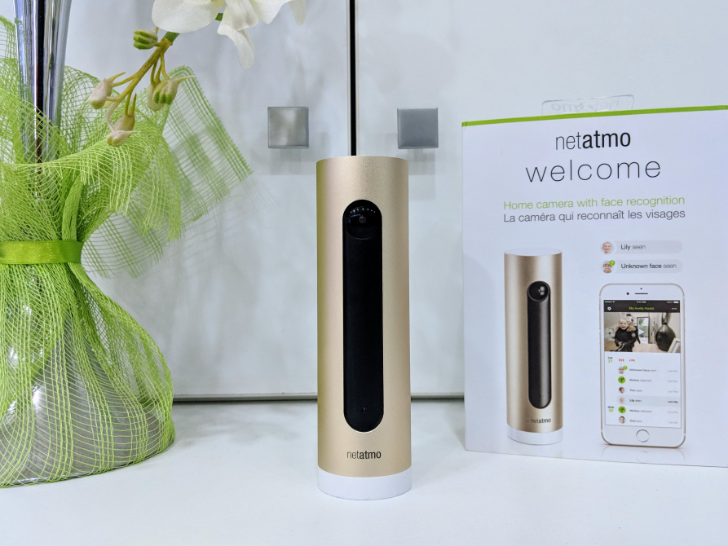
Netatmo's approach to security cameras is refreshing. In a market that's filled with companies limiting what you can do with the hardware you bought just in order to get you to sign up for a monthly subscription, Netatmo asks only that you purchase its camera. Video storage is free thanks to MicroSD card support as well as optional Dropbox and FTP uploads. Face recognition is free and gets better with time as it learns. A web app is provided so you can monitor everything from your computer, not just your phone. And privacy is respected because nothing other than a backup screenshot is sent to the Netatmo Cloud. Overall, the Netatmo Welcome would have been a near perfect indoor security camera if it weren't for a few missing features here and there, but they aren't by any stretch deal killers. If you're looking for a security camera that you control but that doesn't require a lot of fiddling, this is close to being the best option out there now.
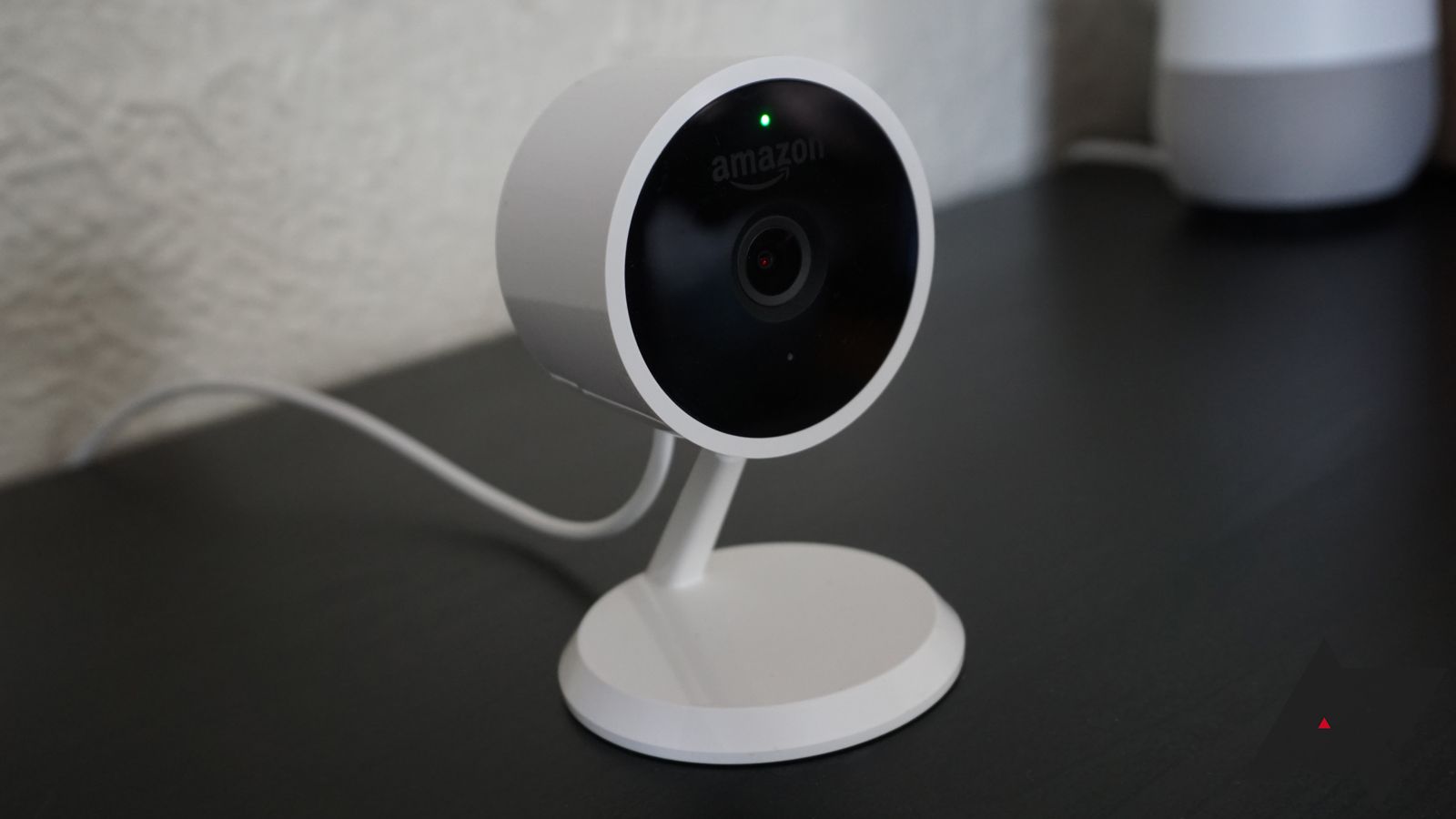
Amazon offers various cloud services to consumers as well as businesses. In fact, some makers of home security cameras use Amazon's web services to store video. It only makes sense for Amazon to get into this market as it increasingly pushes home automation with Alexa. The Cloud Cam is a 1080p indoor security camera with a competitive price point of $120 when it's not on sale. This camera has a lot going for it, but it's clear Amazon is still just getting started with home security—the Cloud Cam is missing just enough that other cameras might be better options, even if they're more expensive.
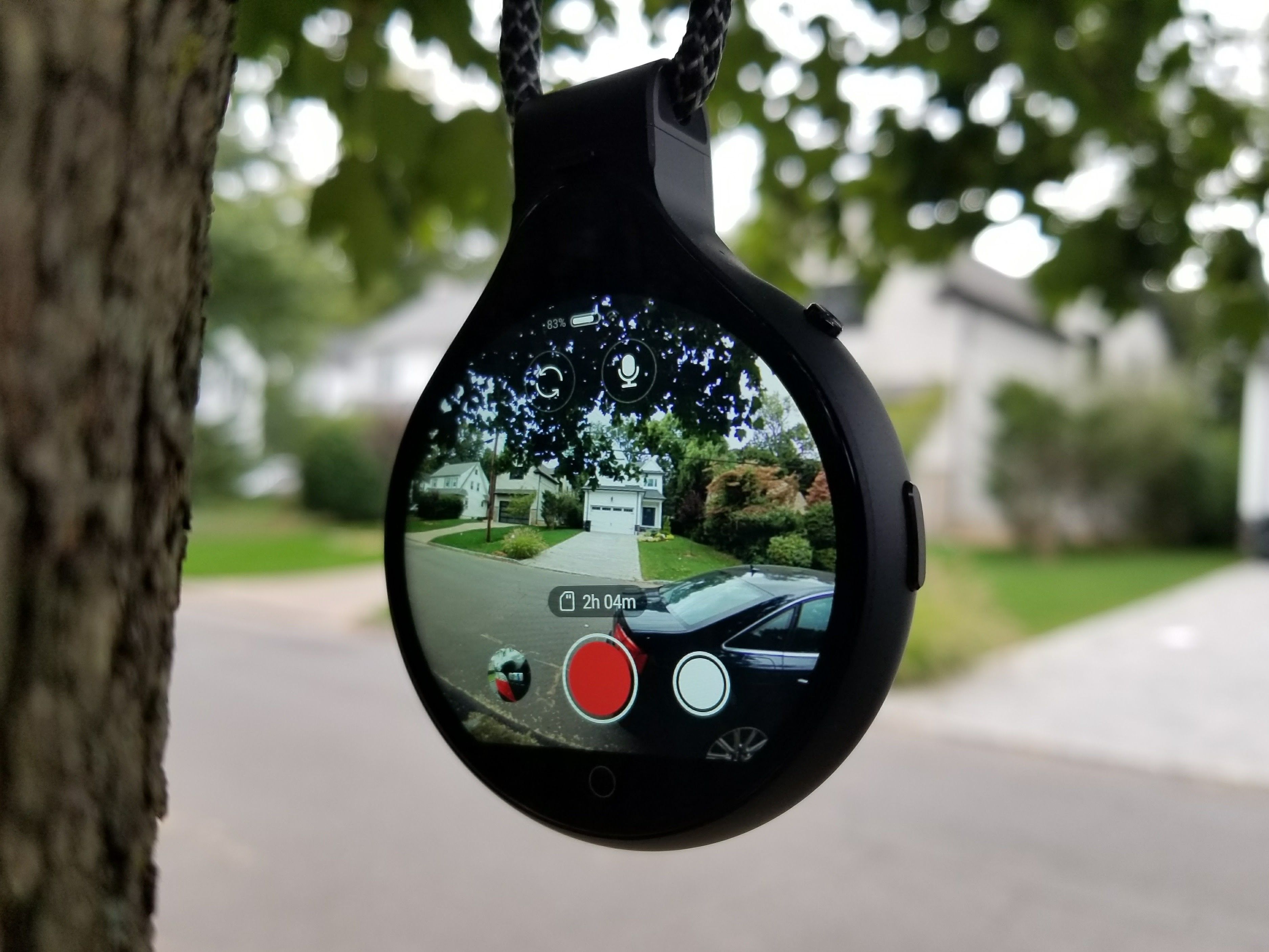
Cameras are absolutely essential to our lives these days. After all, what would we do without our Snapchat Stories and Instagram selfies? How else would we communicate with the outside world? There's a reason why cameras have been crammed into everything from smartwatches to quadcopters; the ability to capture our memories so easily and in such great detail, then share them with anyone we'd like to, is simply amazing.Ubiquiti Networks, a company most famous for its WiFi equipment, thinks so too. Nearly two months ago, it debuted the FrontRow, a camera that you wear on your body so that you can capture great moments without compromising your own live experience. However, at a rather steep $399, is it worth it? I've had a FrontRow for a couple of weeks now, and while it is a very cool piece of hardware, I'd have to say no.
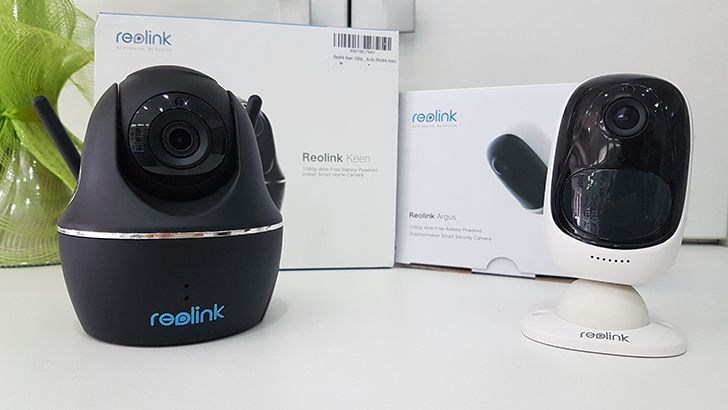
We've been taking a thorough look at smart monitoring cameras here on Android Police, but the overarching complaint in most of them from us and you, the readers, is always the price and the paid plans. That's why for my next two reviews, I will be focusing on two camera makers that don't require you break the bank to buy their hardware nor to use it. The first brand is Reolink and I'll be reviewing two of its cameras: the Keen ($119.99) and the Argus ($99.99), both of which offer MicroSD storage. (The second brand is Amcrest, which I'll review in a week or so.)In many respects, the Keen and Argus are similar: both are battery-powered, both have 1080p live streaming, motion detection, and night vision, and both need a MicroSD card for storage. The Keen however has a standalone PIR motion detector and can pan/tilt, while the Argus is an all-in-one that is also weatherproof. On paper, the features check all the boxes you might be looking for in a cheap, cloud-less wireless cam, but the end result still left me a little disappointed. I yearned for more smarts, better detection, better scheduling, more versatility, and at least some form of cloud backup.
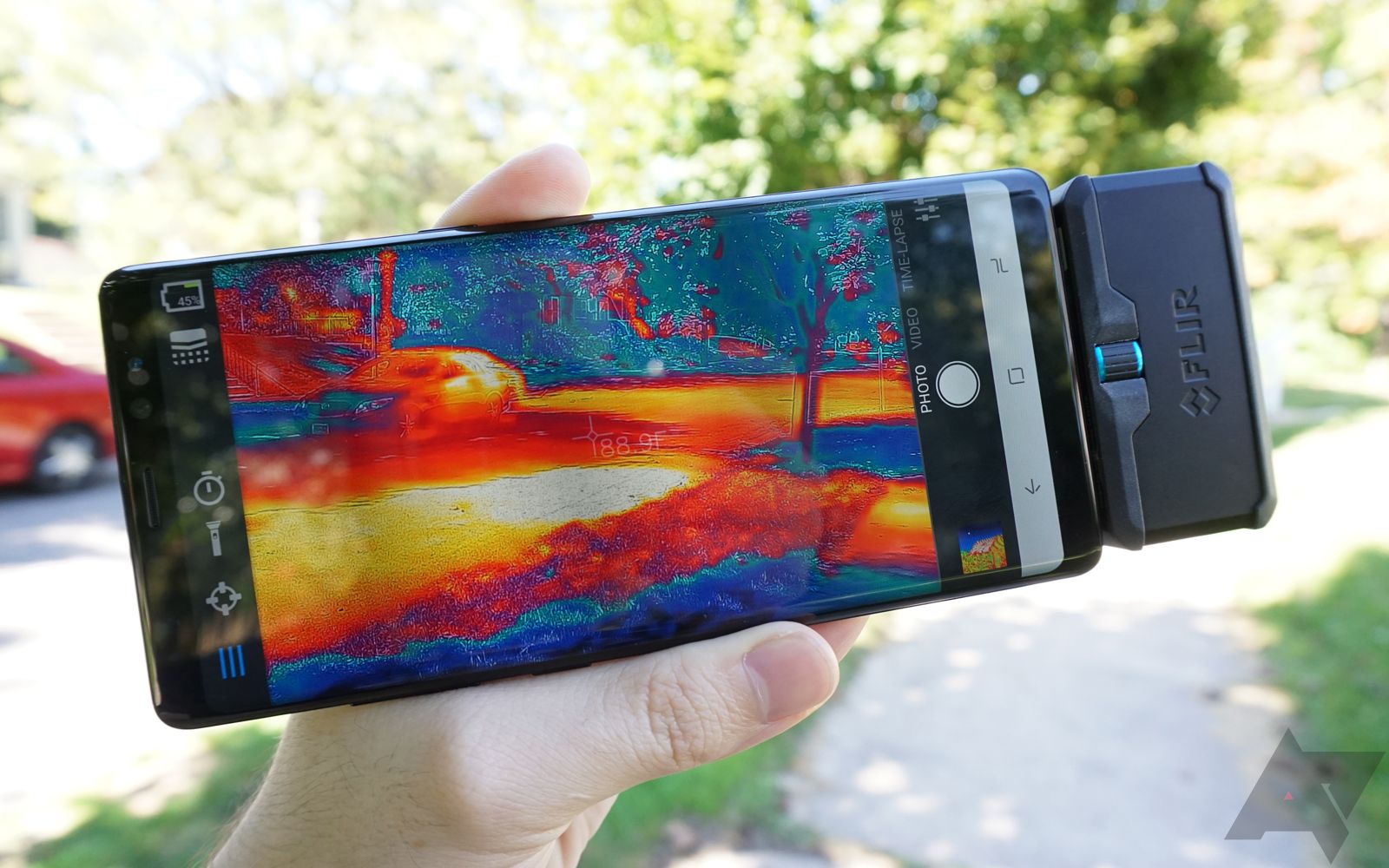
FLIR's name is essentially synonymous with thermal cameras from cheap mobile sensors all the way up to industrial and military applications. The company first got into mobile devices with an iPhone-specific camera case and later a dongle. FLIR One came to Android a few years ago with a microUSB-equipped version, but that was right at the dawn of USB Type-C. Consequently, that first camera became obsolete quickly. Now there's a new FLIR One, actually two of them. The third-gen FLIR One costs $199 and the FLIR One Pro will run you $399.
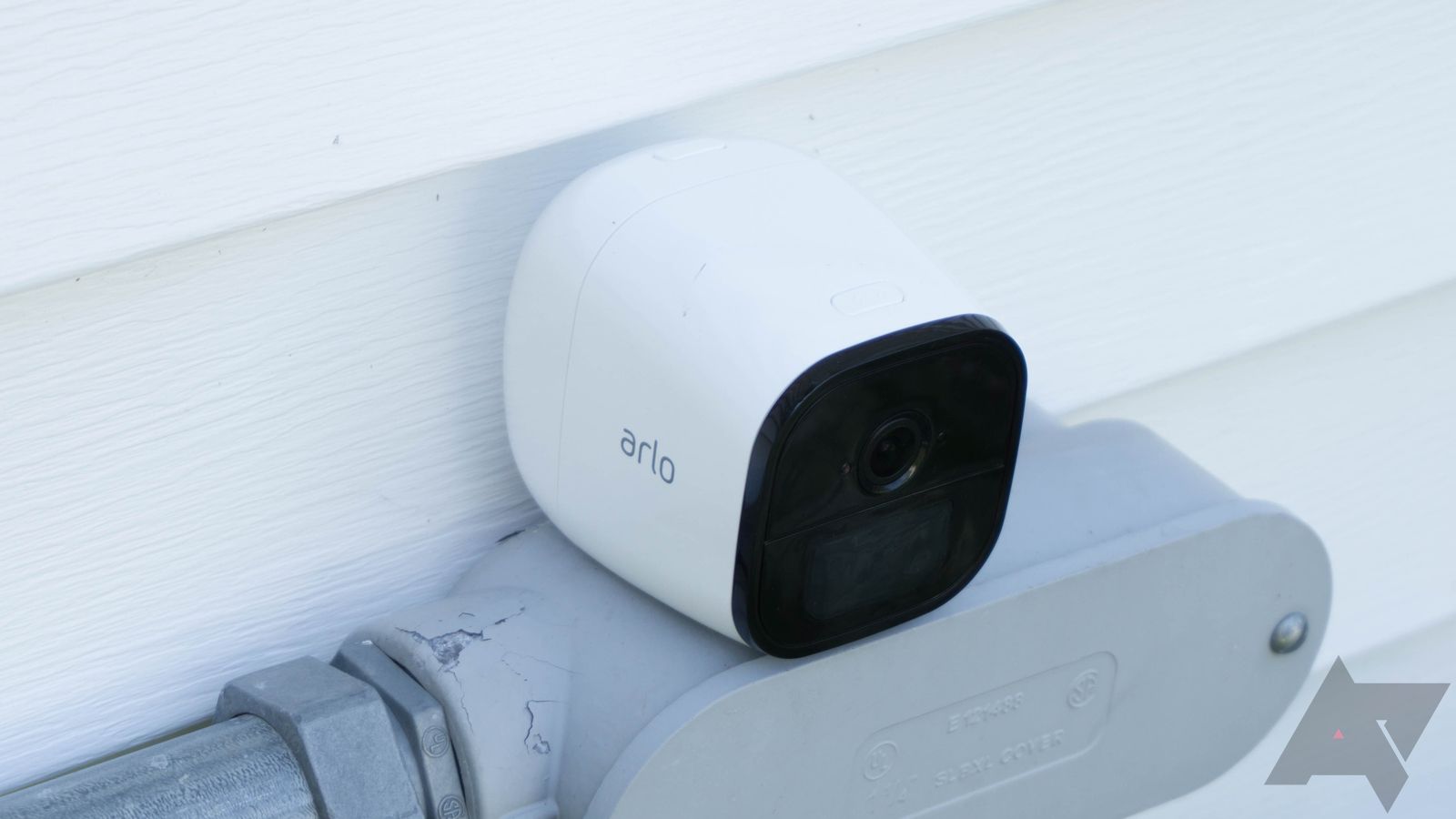
Netgear's Arlo Pro cameras are popular options for home security because they have wireless connectivity, long battery life, and support for local storage. The recently released Arlo Go takes the wireless aspect to the next level by adding an LTE modem for connectivity almost anyplace. That means you don't need to put the camera near your Arlo Hub or your regular WiFi network. It comes at a price, though.The Arlo Go does have some compelling use cases, and the performance is similar to other Arlo cams. However, Arlo Go is missing some important features, and it locks you into expensive, limited mobile data plans. The camera itself isn't cheap, either.
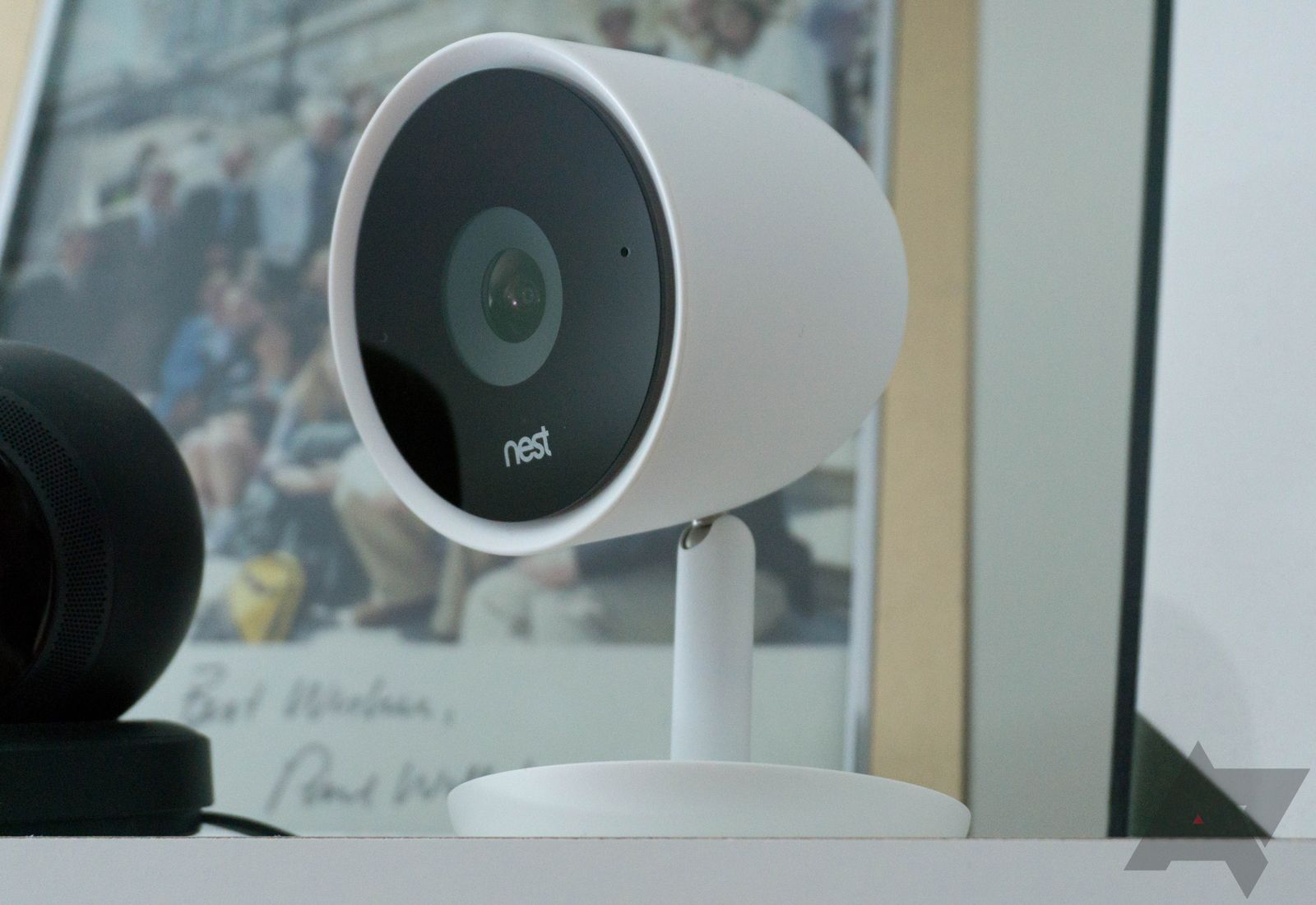
Google-owned Nest gained notoriety for its smart thermostat, but Google's acquisition of Dropcam instantly catapulted Nest to the forefront of this product category. Nest has traditionally made very good cameras, and they come with a premium price tag to match. That's still the case with the new Nest Cam IQ, which packs a 4K image sensor, new software smarts, and a $300 price tag. You could get two cameras from another maker for that price, and I think most people probably will. However, the Nest Cam IQ is leading the pack when it comes to facial recognition and image quality. This might be the camera you've been waiting for in terms of features, but it also might be far too expensive as a long-term commitment.






